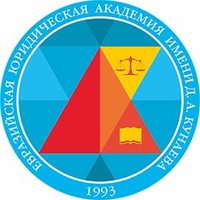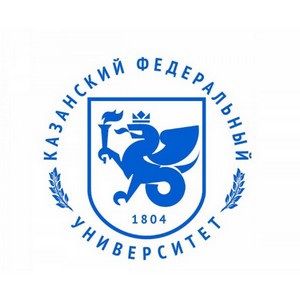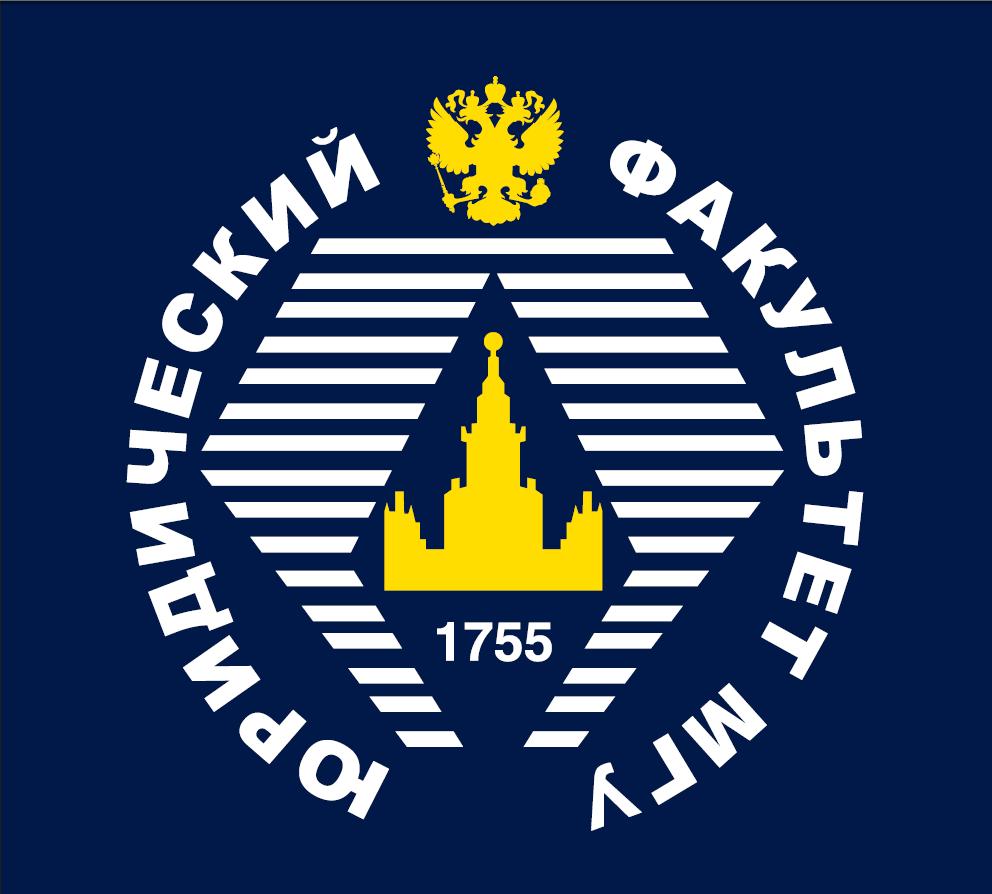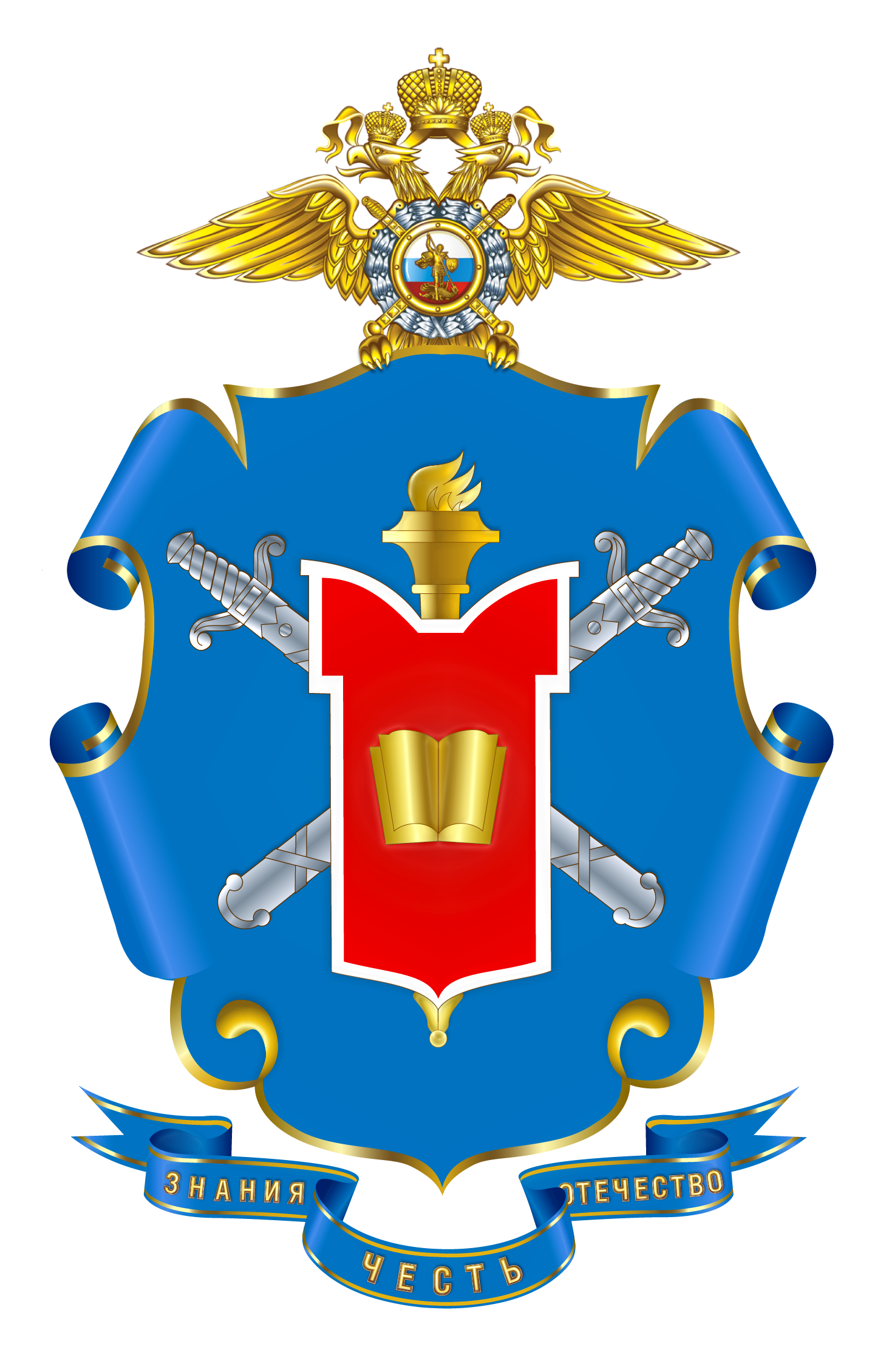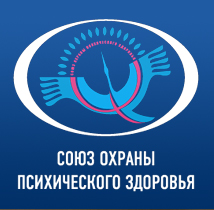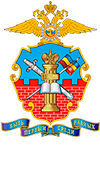The Gulag, or GULAG (chief administration of the camps) was an independent system of camps set up by order of the Politburo of the USSR. They were supposed to replace existing prisons throughout the country and consist of convicted sentenced to imprisonment for a term of more than three years. Persons sentenced to a shorter term of imprisonment had to remain in the prison system, which was under the jurisdiction of the People’s Commissariat for Internal Affairs (NKVD).
The purpose of creating new camps was to colonise remote and unfavourable lands throughout the USSR territory. The creation of a large network of camps went parallel with the beginning of collectivisation and industrialisation. The forced collectivisation of agriculture led to repressions against the peasants, especially among their well-to-do stratum – the Kulaks. At the end of 1929, Stalin began a policy of ‘dekulakisation,’ which led to the imprisonment and execution of many peasants. The term ‘kulak’ will also be associated with everyone who opposed or was suspected of being dissatisfied with the Soviet government. This led to the fact that 60,000 people were sent to camps and another 154,000 were expelled in the first four months of dekulakisation. In 1931 alone, 1,803,392 people were exiled.
President of the Union Criminalists and Criminologists
Igor M. Matskevich
Translated by Elizaveta O. Ovchinnikova











